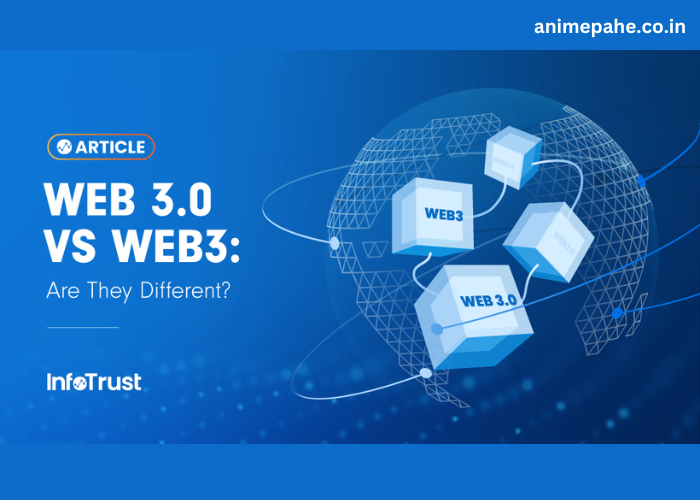The internet is evolving, and with it comes a new paradigm that promises to reshape the way we interact with digital systems, data, and each other. Web 3.0, often dubbed the “next era of the internet,” builds on the foundations laid by its predecessors, Web 1.0 and Web 2.0, while introducing groundbreaking advancements in decentralization, user empowerment, and technological sophistication.
What Is Web 3.0?
Web 3.0 represents a vision for a decentralized internet where users, rather than centralized corporations, have control over their data and digital interactions. It is an internet characterized by blockchain technology, artificial intelligence, and the semantic web, enabling systems to understand and interpret data in a more human-like manner.
Where Web 1.0 focused on static, read-only content and Web 2.0 brought about interactivity and user-generated content, Web 3.0 aims to democratize the digital space by eliminating intermediaries and giving individuals control over their digital identities and assets.
Key Features of Web 3.0
- Decentralization
Unlike Web 2.0, which relies heavily on centralized servers, Web 3.0 operates on blockchain and peer-to-peer networks. This decentralization reduces reliance on intermediaries, enhances security, and gives users ownership of their data. - User Empowerment
In Web 3.0, individuals have control over their data through mechanisms like self-sovereign identities and cryptographic wallets. This ensures greater privacy and reduces exploitation by large corporations. - Semantic Web
Web 3.0 employs AI and machine learning to enable systems to understand the context and meaning of information. This leads to more personalized and efficient interactions, such as smart assistants that truly grasp user needs. - Interoperability
Web 3.0 enables seamless communication and compatibility between different platforms and services. For instance, decentralized applications (dApps) can function across various blockchain ecosystems without requiring users to migrate their assets or profiles. - Token Economy
Blockchain-powered cryptocurrencies and tokens underpin Web 3.0. They facilitate peer-to-peer transactions, incentivize participation in networks, and enable new economic models like decentralized finance (DeFi) and non-fungible tokens (NFTs).
How Does Web 3.0 Impact Everyday Life?
Web 3.0 has far-reaching implications for industries, businesses, and individual users.
- Finance: Decentralized finance (DeFi) platforms empower users with financial services like lending, borrowing, and trading without intermediaries.
- Gaming: Play-to-earn models in gaming allow players to earn real-world value through in-game assets.
- Social Media: Decentralized social platforms provide control over personal data and content, reducing censorship and enhancing transparency.
- Healthcare: Patients can securely share and control their medical data, fostering innovation in personalized medicine.
Challenges and Criticisms
Despite its potential, Web 3.0 faces significant hurdles:
- Scalability: Current blockchain infrastructure struggles with transaction speed and cost, hindering widespread adoption.
- Energy Concerns: Many blockchain networks consume substantial energy, raising environmental concerns.
- Complexity: The technical nature of Web 3.0 technologies can be intimidating for average users.
- Regulation: Governments and regulators are grappling with how to govern decentralized systems without stifling innovation.
The Road Ahead
While Web 3.0 is still in its infancy, its promise of a decentralized, user-centric internet has captivated innovators and entrepreneurs worldwide. As the technology matures, it has the potential to redefine trust, ownership, and interaction in the digital age.
Web 3.0 isn’t just an upgrade—it’s a reinvention of the internet itself, empowering individuals and communities to reclaim control and foster a more equitable digital ecosystem. In this leap toward the next era, the possibilities are boundless, and the journey has just begun.
